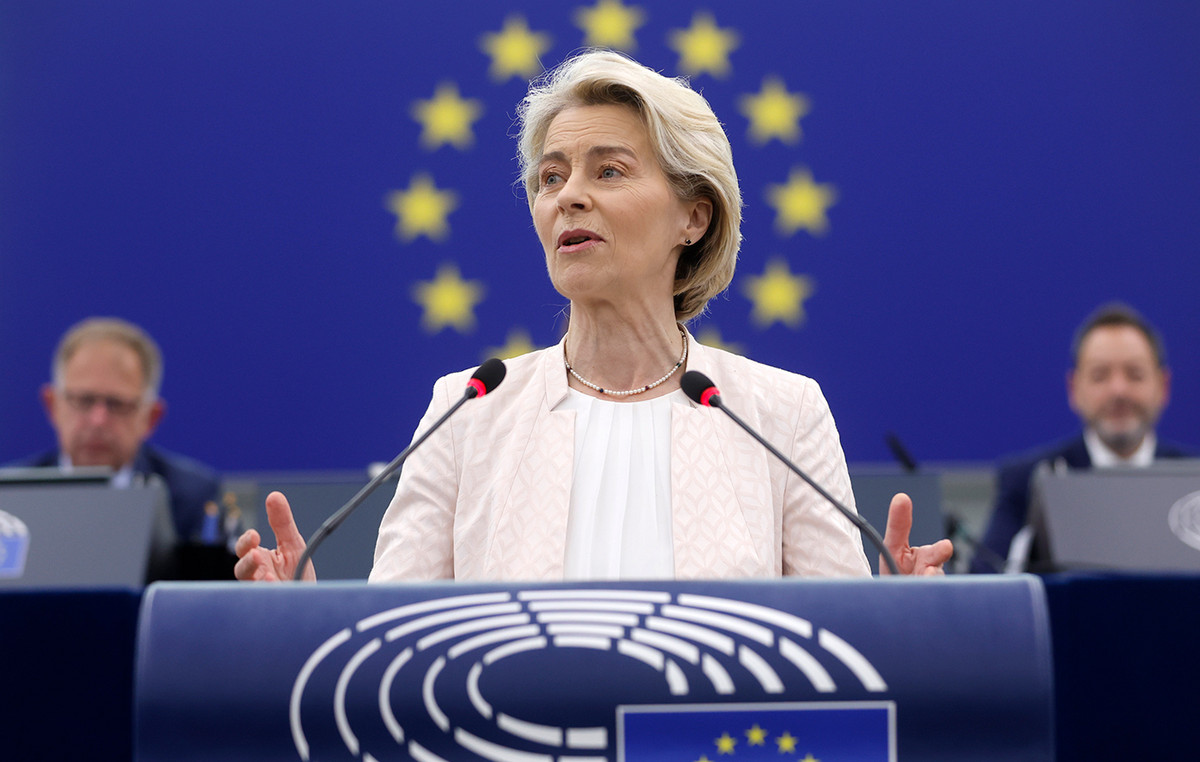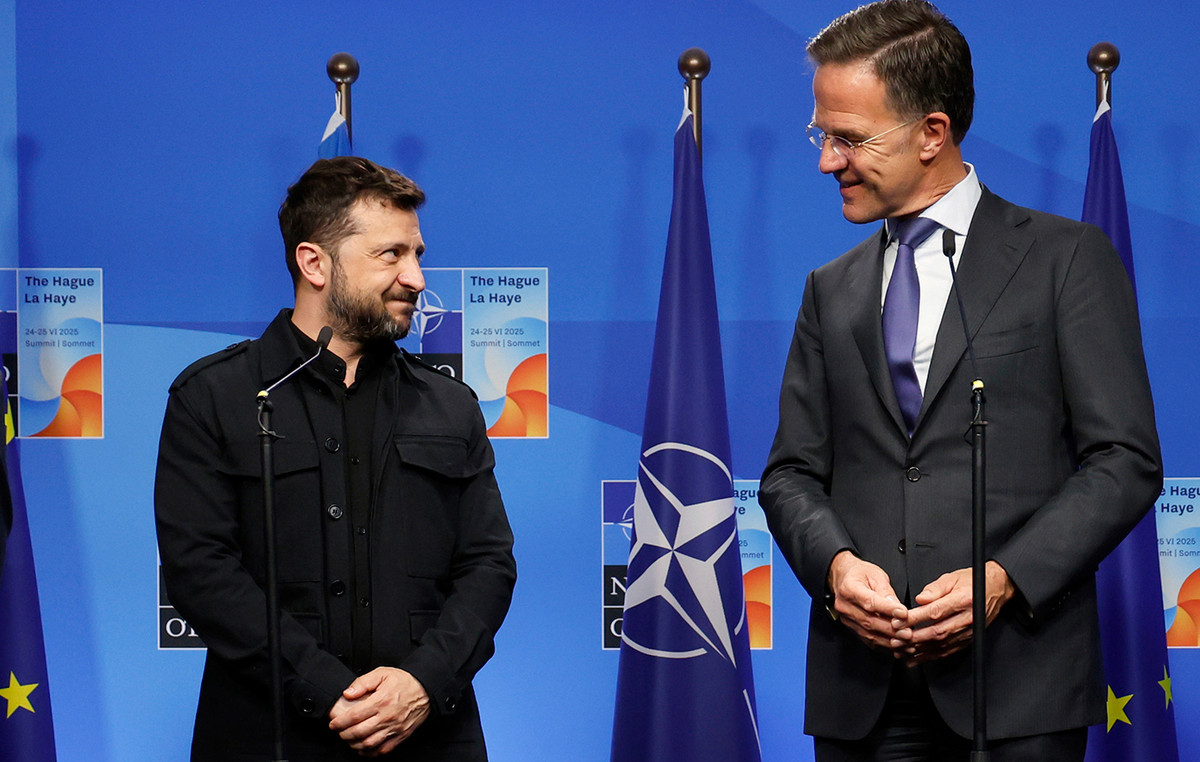At first glance, the result of the wine market in the first half may seem like a disappointment: from January to June, just over 200 million liters of the drink were sold, which represents a drop of 4% compared to the same period of the year. past.
However, compared to 2019, the increase is still 28%.
In any case, the retraction made part of the market question whether the “boom” that wine had in the pandemic was left behind.
“We were at a very high level. The market turned the year into storage and the Brazilian economic problems aggravated this”, says Felipe Galtaroça, president of Ideal Consulting, which specializes in data from the beverage sector.
In addition, there was a readjustment in the price of imported products, which were about 20% more expensive.
But those who understand the subject say that the country will hardly return to pre-pandemic levels.
Wine has been characterized as the drink of quarantine, but it seems to be here to stay. So much so that, in 2020, wine reached the mark of 2 liters of annual consumption per inhabitant – a low mark for large consumers, but a record here – and it has not dropped from that level.
For Adilson Carvalhal Jr., director of importer Casa Flora and president of BFBA, an association that brings together 150 wine importing companies, the drink has consolidated itself.
“This drop is an adjustment, given that the sector grew a lot in the pandemic and entered stock in 2022.”
President of the La Pastina group, which also includes World Wine, Denilson Moraes also says that wine will not return to the level of 2019. Supermarkets, however, felt the brunt of the blow.
“Consumers had to reduce their daily basic food basket, and wine, of course, is not in this basket. But the consumption of expensive wine does not fall”, says Carlos Cabral, responsible for the selection of wines at the Pão de Açúcar (GPA) group.
However, Casa Flora’s sales grew 5% this semester. “We sell more, but we don’t necessarily import more”, says Carvalhal Júnior.
According to João Roquette, a partner at importer Qualimpor, the company is not finding it difficult to find more expensive labels. “We grew 10% in this first semester”, he says.
Moraes, from La Pastina, says that the group remained in the blue in the first half, with an increase of 8% in sales.
“We took advantage of the two years of the pandemic to bring 300 new labels to our portfolio. It helps it grow,” she explains.
New clients
Proof that the market is not in a sustained decline, according to Wine’s German Garfinkel, is the fact that the number of wine consumers is on the rise.
In the last two years, Brazil has gained 12 million new wine connoisseurs, for a total of 51 million. The data are from the British consultancy Wine Intelligence.
As a publicly traded company, Wine is not yet able to release data for the first half of the year, but its chief executive says there has been growth.
In the first three months, the company’s net revenue, which reached the leadership of the market in 2021 when buying the importer Cantu, grew 40.4%.
Wine’s wine club reached 336,000 subscribers in May 2022 – at the beginning of the pandemic, there were 122,000. The information is from the newspaper. The State of São Paulo.
Source: CNN Brasil
I am Sophia william, author of World Stock Market. I have a degree in journalism from the University of Missouri and I have worked as a reporter for several news websites. I have a passion for writing and informing people about the latest news and events happening in the world. I strive to be accurate and unbiased in my reporting, and I hope to provide readers with valuable information that they can use to make informed decisions.







